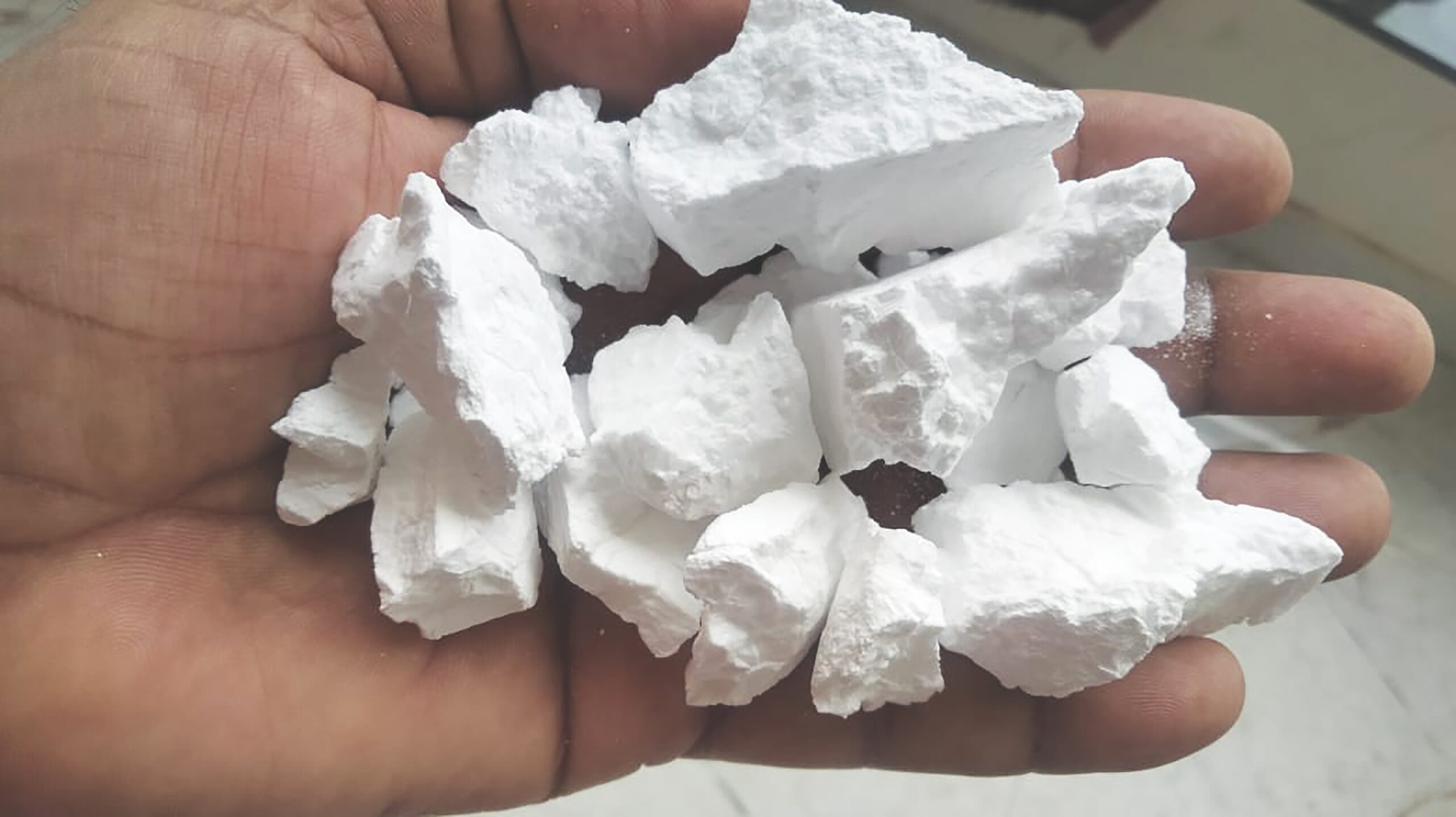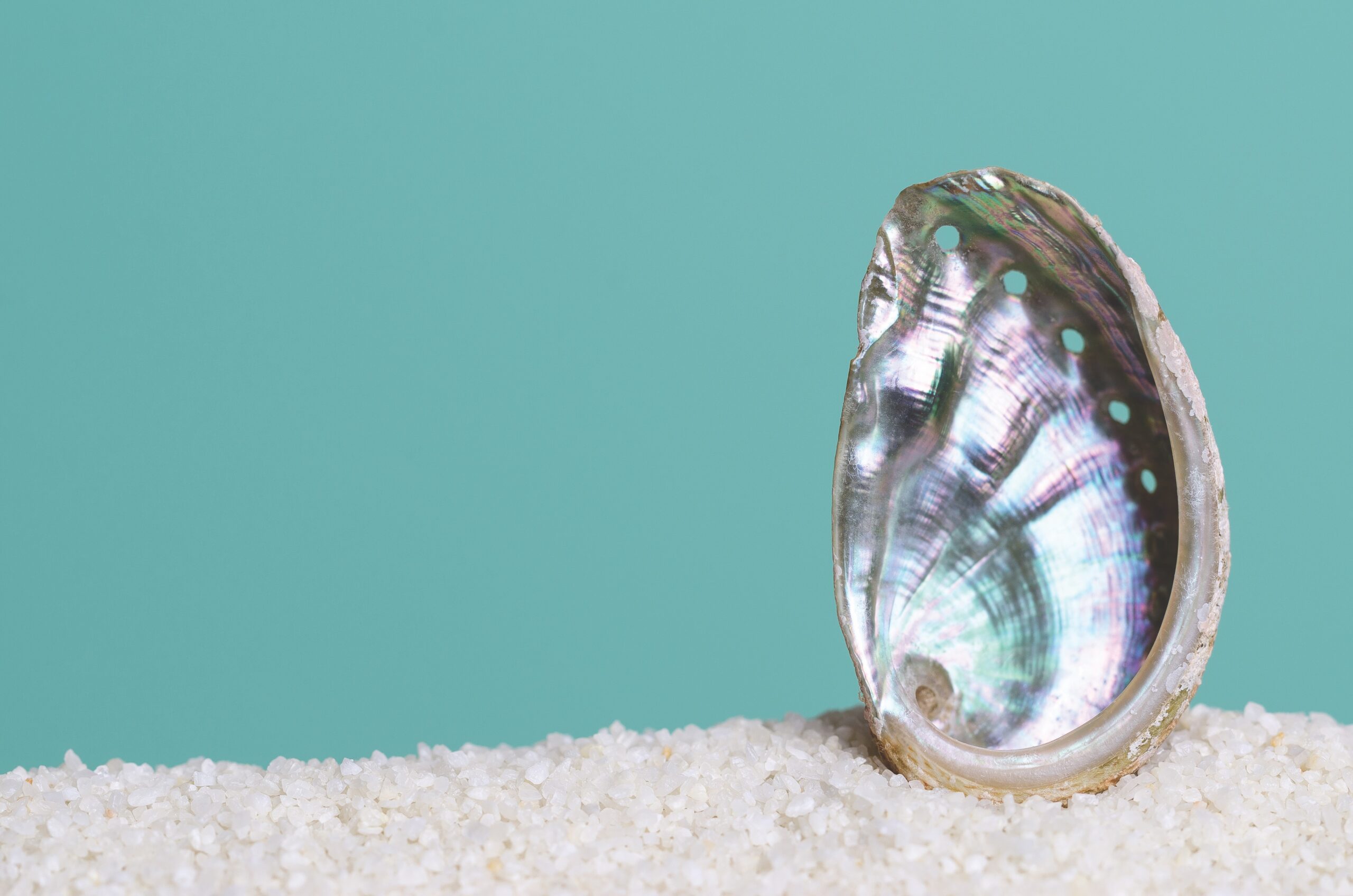Bulletin Features
Sintered synthetic cristobalite: Innovative kiln-based thermal transformation of quartz
Cristobalite, a high-temperature polymorph of silica, is widely used in ceramics, glass, paints, refractories, and dental materials due to its low density, high whiteness, thermal expansion behavior, and mechanical stability. Traditional cristobalite production methods rely on static sintering of finely ground quartz at high temperatures (~1,750°C) for extended durations (2–3…
Market Insights
Bioactive glass continues to transform medical care decades after first hitting the market
Almost 60 years ago, a chance meeting led to pioneering work that has improved medical care and seeded future innovations. In the late 1960s, a young professor named Larry Hench traveled to a conference in Sagamore, N.Y., where he happened to sit next to a U.S. Army colonel who was…
Market Insights
Sustainable development and design: Inspiration from landscape-shaping creatures
Animals are not just passive inhabitants of their environment. Many are architects of the natural world, actively shaping landforms and water bodies as they move around, feed, build homes, and reproduce. This impact by animals on different biomes has traditionally been overlooked in the environmental sciences. But scientists and engineers…
Bulletin Features
Black Hills Applied Ceramic Engineering: Leveraging local geology for ceramic education
For the past three years, South Dakota Mines faculty member Katrina Donovan has led ceramic engineering efforts at the university, ranging from new ceramic engineering curriculum to a ceramic engineering minor. Most recently, she teamed up with Sarah Keenan, associate professor of geology and geological engineering, to propose a new…
Market Insights
Tissue engineering and regeneration: Technologies and global markets
The global market for tissue engineering and regeneration technologies was valued at $4.8 billion in 2024 and is expected to grow at a compound annual growth rate (CAGR) of 12.8% to reach $9.8 billion by the end of 2030. Tissue engineering and regeneration is a multidisciplinary field focused on producing…
Bulletin Features
Nature-inspired vascular cementitious composites: A path to self-thermal responsive buildings
Buildings consume nearly 40% of total energy in developed nations, with almost half of that energy dedicated to heating and cooling.1 This heavy reliance on thermoregulation not only drives energy demand but also contributes significantly to greenhouse gas emissions. Therefore, finding innovative, low-energy strategies for maintaining comfortable indoor environments has…
Research Insights
When glass becomes medicine: Therapeutic ion delivery for regeneration
When people think of medical treatments, they often imagine pills, injections, or surgical procedures. Few would picture glass playing a role in healing the human body. Yet bioactive glasses emerge as powerful tools for regenerative medicine. Why glass? The idea that glass could be “bioactive” was first demonstrated in the…
Bulletin Features
Fabrication approaches to nacre-like ceramic–metal composites
Amongst the various composite materials, nacre-like composites propose to leverage the brick-and-mortar microstructure found in the nacreous layers of seashells to achieve an unusually high combination of strength and toughness.1 Nacre consists of 95 vol.% aragonite, a crystallographic form of CaCO3, and 5 vol.% of organic matter, mostly protein and…








